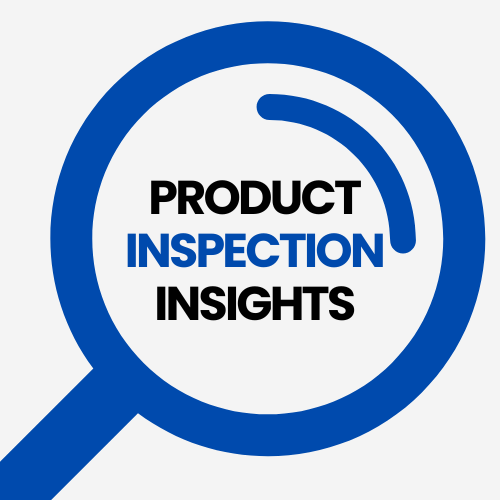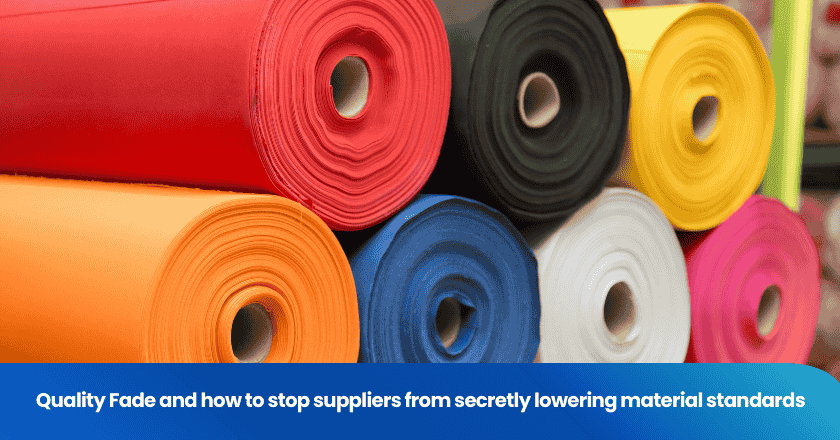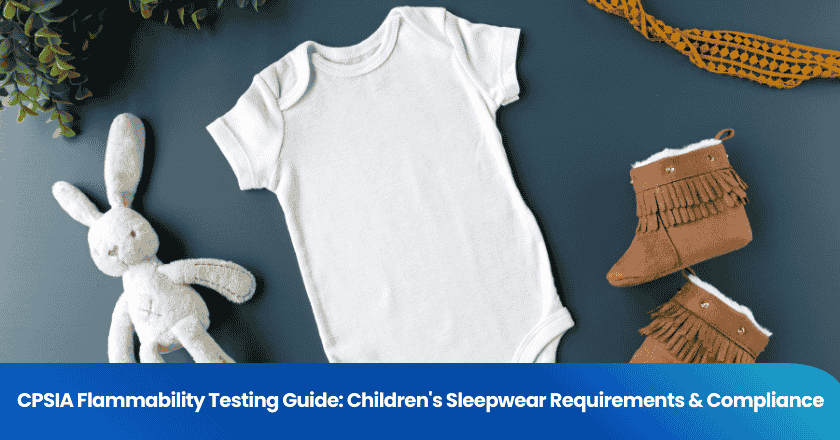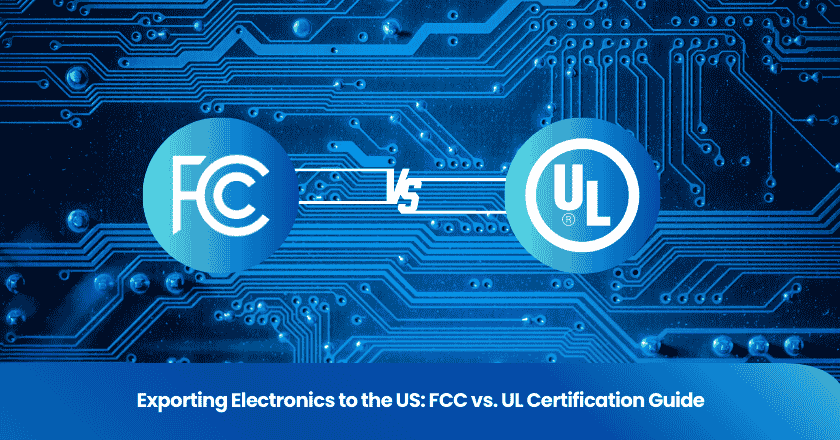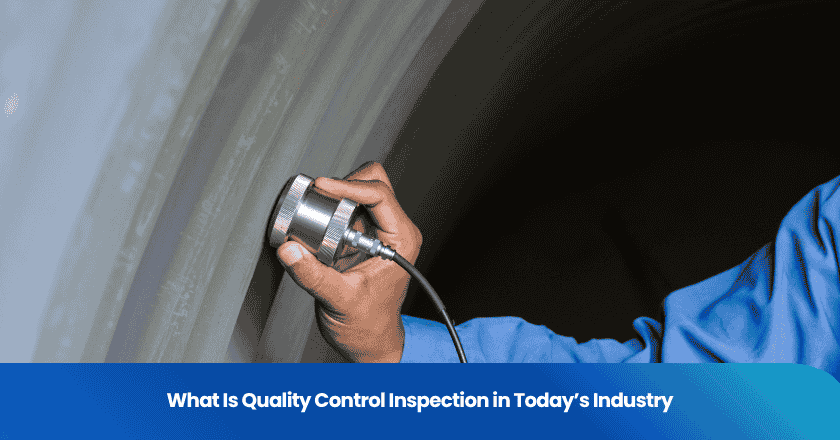
You encounter quality control inspection as a critical process that verifies whether products meet established standards and design requirements. In today's industry, what is quality control inspection? It involves using advanced tools and techniques to reduce defects and improve quality. Modern inspection methods, such as machine vision and AI, deliver faster, more accurate results compared to traditional manual checks.
Key Takeaways
- Quality control inspection ensures products meet standards, reducing defects and improving overall quality.
- Modern methods like AI and machine vision enhance accuracy and speed, making inspections more efficient than traditional manual checks.
- Regular inspections at all production stages help catch defects early, saving costs and boosting customer satisfaction.
- Training and certification for inspectors improve their skills, leading to better quality control and fewer errors.
- Implementing automated systems and standardized processes can significantly enhance the effectiveness of quality control efforts.
What Is Quality Control Inspection
Definition
You encounter the term "what is quality control inspection" frequently in industrial settings. This process involves a systematic evaluation of products or materials to verify that they meet established standards and specifications. You use quality control to monitor every stage of production, from raw materials to finished goods. The goal is to identify defects, prevent errors, and ensure that each item aligns with design requirements. Quality control inspection relies on both manual checks and advanced technologies, such as automated measurement systems and machine vision. You apply these methods to maintain high levels of quality and consistency throughout the manufacturing process.
Main Goals
When you ask, "what is quality control inspection," you focus on its primary objectives. These goals drive the entire process and shape how you approach quality control in your organization:
- Ensure consistent product quality by inspecting items at every stage of production.
- Reduce product recalls by identifying issues early and preventing defective goods from reaching customers.
- Lower workplace injury rates and related costs through effective inspection procedures.
- l Maintain product consistency to meet industry standards and guarantee uniformity.
- Reduce costs by catching defects early, which minimizes rework and waste.
- Boost customer satisfaction by delivering high-quality products and reliable service.
- Protect your company’s reputation by preventing defects and costly recalls.
- Ensure compliance with regulatory standards to avoid fines and maintain certifications.
- Improve overall processes and enhance your company’s standing in the market.
Tip: You can achieve these goals by integrating regular inspections, using both manual and digital tools, and fostering a culture of continuous improvement.
Inspector's Role
You play a vital role as a quality control inspector. Your responsibilities extend beyond simple inspection tasks. You must possess a high school diploma or equivalent, and certification in quality control can enhance your career prospects. You need at least two years of experience in a similar role, along with strong math and technical skills. You should understand quality control standards and testing techniques.
| Qualifications/Responsibilities | Details |
|---|---|
| High school diploma or GED | Required; further education may be necessary in some industries. |
| On-the-Job Training | Training duration ranges from one month to one year. |
| Certifications | Optional certifications, such as CQI, can improve your career opportunities. |
| Skills | Attention to detail, analytical ability, technical expertise, and strong communication. |
| Defect Identification | Identify defects or deviations from quality standards. |
| Quality Standards Adherence | Ensure compliance with industry-specific standards and regulations. |
| Continuous Monitoring | Monitor production processes for ongoing compliance. |
You perform regular quality assessments on incoming materials and outgoing products. You reject items that do not meet quality expectations. You read blueprints and specifications to understand product requirements. You measure product dimensions and examine functionality. You recommend improvements to the production process and document inspection outcomes. You teach the production team about quality control concerns and supervise the production process. You resolve quality-related issues promptly.
Note: Training programs for quality control inspectors vary in length and content. You can choose from short courses on specific topics or comprehensive certification programs to enhance your skills.
Importance of Quality Control
Product Consistency
You rely on quality control to maintain product consistency across every batch. In large-scale production, a quality inspection checklist helps you identify potential issues early. This checklist ensures that your products meet established standards throughout the manufacturing process. When you follow these protocols, you promote uniformity and enhance customer satisfaction. Quality control inspection is essential because it allows you to detect defects before they reach the market, protecting your reputation and reducing costly recalls.
- A quality inspection checklist identifies potential issues early in production.
- It ensures adherence to quality standards throughout the manufacturing process.
- Following the checklist promotes consistency and enhances customer satisfaction.
Quality control inspection is vital for early detection of defects, which helps you avoid expensive recalls and improves customer satisfaction. Rigorous inspection protocols help you achieve consistent quality and protect your brand image.
Cost Reduction
You can significantly reduce costs by implementing robust quality control systems. When you catch defects early, you minimize waste and avoid expensive rework. For example, a cookie producer reduced scrap waste by 8.7%, saving nearly $47,000 in six months. Over a year, this translated to $94,600 in savings from reduced waste alone. Quality control helps you optimize resources and improve your bottom line.
- Early defect detection lowers rework and scrap costs.
- Quality control systems drive substantial material and financial savings.
Compliance
You must ensure compliance with industry regulations to avoid penalties and maintain certifications. Quality control inspection covers facility cleanliness, equipment maintenance, and production process documentation. Inspectors verify personnel qualifications and examine testing procedures for data integrity.
International standards also influence quality control practices. Standardized processes ensure consistent product quality and lower barriers to market access. Certification builds customer trust and facilitates entry into global markets.
Customer Satisfaction
You build customer trust by delivering high-quality products. Strong quality control measures ensure that your products meet or exceed customer expectations. This drives satisfaction, strengthens your reputation, and builds loyalty in competitive markets. High-quality products reduce costs related to defective goods and rework, further enhancing customer satisfaction.
- Robust inspection processes ensure products meet customer expectations.
- Quality control strengthens brand reputation and builds loyalty.
65% of manufacturers still rely on manual inspection methods, and 40% of these face frequent product recalls. You can avoid these issues by adopting advanced quality control systems.
Types of Quality Control Inspection
When you manage production, you need to understand the main types of quality control inspection. Each type plays a unique role in maintaining high standards and ensuring your products meet customer expectations. You can use several methods to check for defects and monitor quality throughout the process:
- Inspection: You examine products for defects using manual or automated methods. This includes visual checks, measuring dimensions, and testing how products work.
- Sampling: You select a sample from a batch and inspect it. This helps you make decisions about the whole batch based on statistical probability.
- Quality Control Types: You apply process control, acceptance sampling, control charts, and product quality control. Each method helps you keep your standards high and your products reliable.
Pre-Production
You start with pre-production inspection. This step checks if your factory is ready and if raw materials meet your standards. You confirm that the production line is set up correctly. By doing this, you prevent problems before they happen. You make sure that only quality materials enter the process, which reduces issues later.
In-Process
In-process inspection happens while you produce goods. You monitor quality at different stages, especially during continuous production. This allows you to spot problems early and fix them right away. You keep your production on schedule and avoid delays. Early detection helps you maintain consistent quality and meet delivery deadlines.
Pre-Shipment
Pre-shipment inspection takes place before you send products to customers. You verify that finished goods match specifications and meet buyer requirements. This step ensures that your products comply with standards and reduces the risk of complaints after delivery. You build trust with your customers by delivering quality products every time.
| Inspection Type | Objectives | Outcomes |
|---|---|---|
| Pre-Production Inspection | Confirm factory readiness and check raw materials and production line. | Ensures quality materials are ready before production starts, reducing future issues. |
| In-Process Inspection | Monitor quality during production, especially for continuous processes. | Early identification of quality issues, allowing for timely corrections and on-time delivery. |
| Pre-Shipment Inspection | Verify product specifications and quality before shipment. | Confirms compliance with buyer requirements, reducing risks of quality issues post-shipment. |
Tip: You can improve your quality control process by using all three inspection types. This approach helps you catch problems early and deliver high-quality products.
Quality Control in Manufacturing
Inspection Methods
You encounter several main methods when you focus on quality control in manufacturing. Each method targets specific aspects of the production process to ensure high standards.
The table below outlines the most common inspection methods you will use:
| Inspection Method | Description |
|---|---|
| In-Process Inspection | You monitor quality during production, using various techniques to catch defects early. |
| Visual Inspection | You examine external conditions, identifying surface defects and general appearance with advanced tools. |
| Dimensional Inspection | You measure physical dimensions to confirm components meet precise tolerances. |
| Functional Inspection | You test performance under simulated conditions to ensure products work as intended. |
These methods form the backbone of quality control in manufacturing. You use them to identify defects, maintain consistency, and ensure compliance with industry standards.
Visual and Measurement Checks
You rely on visual and measurement checks to detect defects quickly. Visual inspection allows you to spot surface flaws and irregularities. Measurement checks help you verify that each part meets exact specifications. Manual visual inspection can be prone to human error and fatigue. Automated visual inspection (AVI) systems use AI and machine learning to boost accuracy and speed.
You improve quality control in manufacturing by combining manual expertise with digital tools.
Sampling Techniques
You often use sampling techniques in high-volume production to maintain quality control in manufacturing. These methods let you assess product quality without inspecting every item. Common sampling techniques include:
- Acceptance Sampling: You select a representative sample to make quality decisions.
- Single Sampling Plan: You take one sample and accept or reject the lot based on defects found.
- Double Sampling Plan: You take a second sample if the first is inconclusive.
- Multiple Sampling Plan: You use several rounds for more nuanced assessments.
- Sequential Sampling: You inspect items one by one, making decisions after each.
- Skip-Lot Sampling: You skip certain lots if quality remains consistent.
- Continuous Sampling: You inspect at intervals, ideal for long-term vendors.
- Military Standards (MIL-STD): You follow established plans for high-stakes environments.
These techniques help you balance efficiency and accuracy in quality control in manufacturing.
Digital Tools
You see rapid transformation in quality control in manufacturing through digital tools. AI visual inspection and cloud-based solutions now lead the way. AI visual inspection uses advanced algorithms and machine vision to detect defects with precision and consistency. Smart vision inspection systems provide continuous data streams, enabling automated detection and instant decision-making. Computer vision automates defect detection, giving you real-time feedback and ensuring consistent evaluations. Automated visual inspection systems use high-resolution cameras and algorithms to reduce the risk of faulty products reaching consumers. By adopting these technologies, you enhance the accuracy, speed, and efficiency of quality control in manufacturing.
Challenges and Best Practices
Common Issues
You face several challenges when managing inspection and quality control in manufacturing. These issues can disrupt your workflow and affect product quality. The table below highlights the most frequent obstacles:
| Challenge | Description |
|---|---|
| Inconsistent Inspection Methods | Different inspectors may check different aspects, leading to gaps in quality control. |
| Lack of Skilled Inspectors | Insufficient training can result in inspectors missing defects or misusing tools. |
| Limited Time During Production | Tight deadlines can pressure teams to rush inspections or skip them altogether. |
| Inadequate Tools or Equipment | Using outdated or incorrect tools can lead to inaccurate measurements and missed defects. |
| Poor Documentation and Traceability | Incomplete records hinder the ability to trace issues, slowing down investigations and reducing accountability. |
You must address these challenges to maintain high standards in inspection and quality control.
Solutions
You can overcome inspection and quality control challenges by implementing proven solutions. The following strategies help you strengthen your quality assurance program and improve overall quality:
| Solution | Description |
|---|---|
| Standardized Quality Control Processes | Use standardized processes and statistical process control for real-time monitoring. |
| Advanced Data Analytics | Track quality indicators and identify trends to uncover root causes of defects. |
| Supplier Management | Build strong relationships with suppliers and conduct regular audits to ensure quality requirements. |
| Automated Inspection Technologies | Invest in real-time monitoring technologies to identify flaws early and create feedback loops. |
| Lean Manufacturing Principles | Optimize processes and train your workforce to balance speed and quality standards. |
| Compliance with Regulations | Stay updated on regulations and regularly evaluate quality assurance protocols. |
| Scalability in QA Procedures | Design scalable quality assurance procedures for higher production volumes without compromising quality. |
You improve inspection and quality control by combining technology, training, and process optimization.
Best Practices
You maintain high standards in inspection and quality control by following industry best practices. These methods support your quality assurance efforts and help you achieve consistent results:
| Best Practice | Description |
|---|---|
| Regular Inspections | Conduct inspections at multiple stages to ensure compliance and product quality. |
| Detailed Reporting | Prepare comprehensive reports documenting findings, violations, and recommendations. |
| Use of Inspection Tools | Utilize structured tools and software to streamline inspection and standardize quality checks. |
| Internal Audits | Perform regular audits to identify non-compliance and areas for improvement before external reviews. |
| Automation | Implement automated systems to enhance efficiency and accuracy in detecting product defects. |
You measure the success of your inspection and quality control program by tracking defect rates, first pass yield, customer complaint rates, audit compliance, and supplier performance. You use dashboards and control charts to monitor progress and identify trends. Continuous improvement relies on ongoing tracking and root cause analysis, which supports operational excellence in quality assurance.
Tip: You balance cost and effectiveness by engaging your workforce, leveraging automation, and focusing on process improvements. Employee involvement and technology adoption help you minimize errors and reduce costs in inspection and quality control.
You recognize that quality control inspection ensures products meet strict standards and supports business growth. Effective quality control helps you detect issues early, maintain consistency, and reduce costs. Recent studies show that you improve quality by training employees, analyzing feedback, and implementing corrective actions. You can take these steps to strengthen your quality control process:
1. Set clear quality objectives and standards.
2. Assign roles for inspection and reporting.
3. Establish detailed testing procedures.
4. Plan for continuous improvement.
Ongoing attention to quality control gives you a competitive edge in global markets. Advanced technologies like AI and IoT help you achieve higher quality, better compliance, and greater efficiency.
FAQ
What is the difference between quality control inspection and quality testing?
You use quality control inspection to check products during and after production. Quality testing involves evaluating product performance or safety in controlled conditions. Both processes help you ensure products meet standards, but quality testing often uses specific tests or equipment.
How often should you perform quality testing in manufacturing?
You should perform quality testing at every critical stage of production. This includes pre-production, in-process, and pre-shipment phases. Regular testing helps you catch defects early and maintain consistent product quality.
Who is responsible for quality testing on the production line?
You assign trained inspectors or quality assurance specialists to handle quality testing. These professionals monitor each stage of production. They use established procedures to ensure products meet all required standards.
Can automated systems replace manual quality testing?
You can use automated systems to speed up quality testing and reduce human error. However, manual checks remain important for complex products or unique defects. Combining both methods gives you the best results.
Why is documentation important in quality control inspection?
You need accurate documentation to track inspection results and identify trends. Good records help you trace defects, improve processes, and prove compliance during audits.
Grow your business with TradeAider Service
Click the button below to directly enter the TradeAider Service System. The simple steps from booking and payment to receiving reports are easy to operate.

